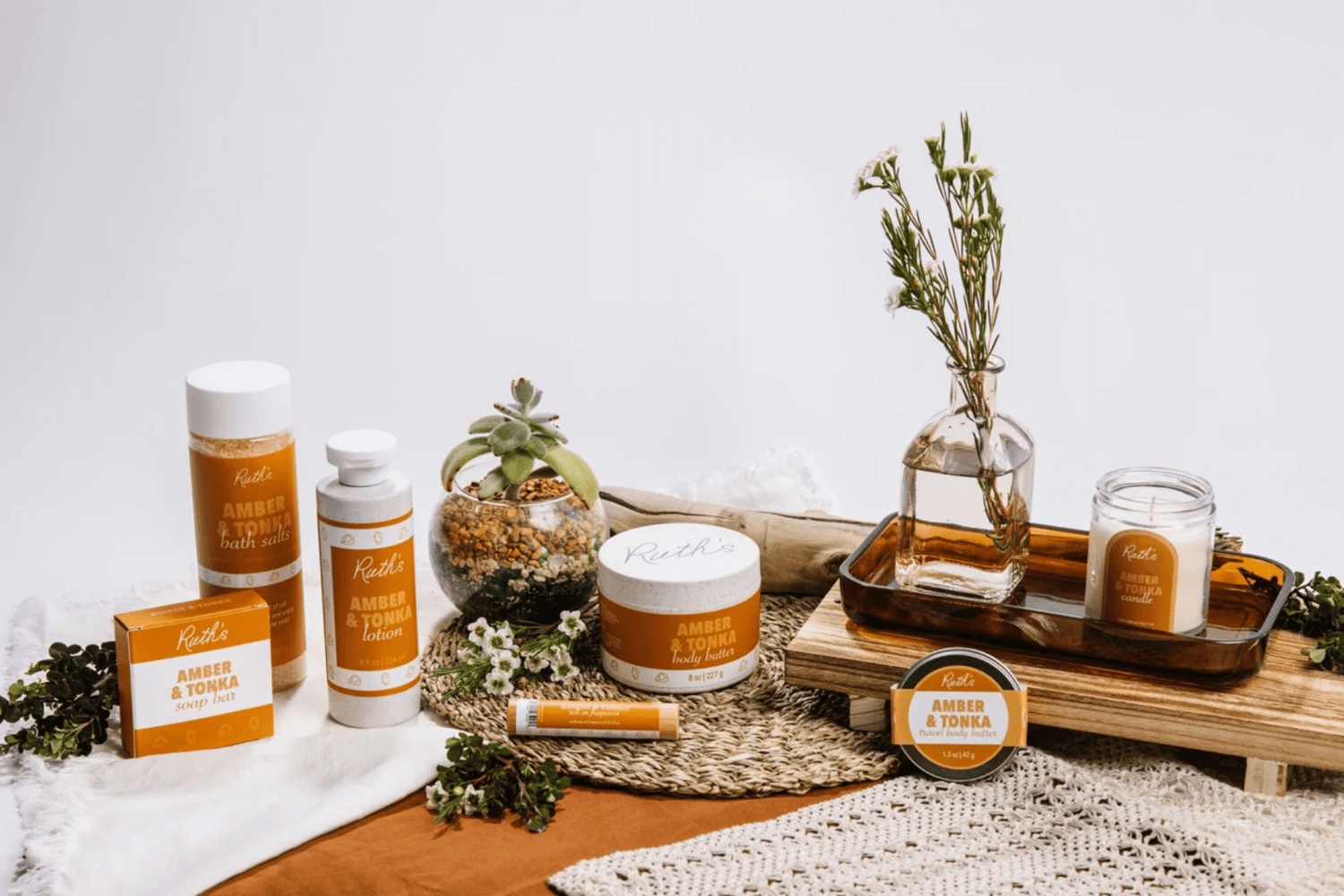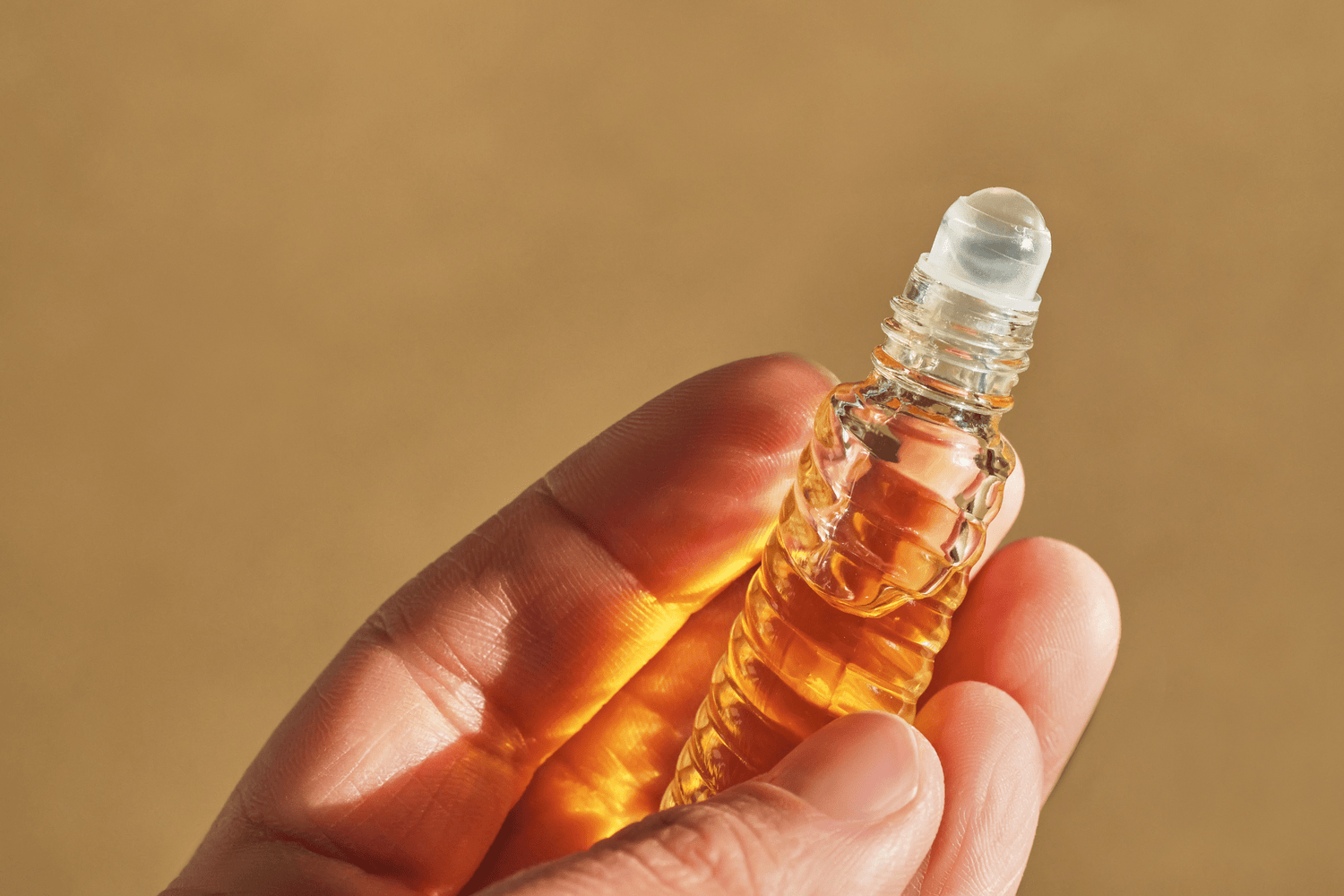Master candle making with these essential terms. From 'cold throw' to 'mushrooming', talk shop like a pro. Perfect for enthusiasts ready to dive deep into the art of candles.
So you want to be able to talk shop with candle makers?
Well, you’re going to need to know the difference between a cold throw and a hot throw, wick up and wick down, and sinkholing vs. mushrooming.

Here are the terms you’ve got to know if you want to communicate like a true candle-making expert.
25 Must-Know Candle Making Terms
Make flashcards, say it out loud three times over—do whatever it takes to learn these expert-level candle making terms.
1. Burn Rate
The "burn rate" refers to the rate at which a candle consumes wax, typically measured in inches per hour. Understanding the burn rate helps you determine how long your candle will last. Different wax types and candle sizes have different burn rates.
2. Scent Throw
The "scent throw" of a candle is its ability to disperse fragrance into the surrounding area when lit. Paraffin wax is known for its tendency to have an overpowering scent throw, while soy wax permeates its aromas with more restraint.
3. Flashpoint
Candle makers must be aware of the "flashpoint," which is the temperature at which the fragrance oil used in candles can ignite.
Knowing the flashpoint ensures you handle fragrance oils safely during the candle-making process—so you don’t burn your kitchen down!
4. Melt Point
The "melt point" is the temperature at which your candle wax becomes a liquid pool. At this point, it’s ready for fragrance infusion.

5. Melt Pool
Speaking of liquid pools, a melt pool is the lovely liquid wax pool formed on your candle's surface while burning. A good melt pool ensures an even fragrance release, preventing candle tunneling.
6. Wick Tab
The "wick tab" is the small metal or paper base that holds the wick in place at the bottom of the candle. Proper use of a wick tab ensures your wick stays centered and burns evenly throughout the candle's life.
7. Wick Down
"Wick down" refers to adjusting the wick to make it shorter. This tweak controls the flame's size, preventing excessive candle burn and ensuring a longer-lasting candle.
8. Wick Up
Conversely, "wick up" means lengthening the wick to increase the flame's size and the resulting melt pool. It's all about fine-tuning your candle's performance to achieve the desired burn characteristics.
9. Double Wicking
Sometimes, one wick just won't cut it. "Double wicking" involves using two wicks in a single candle to ensure a consistent and reliable burn, especially in larger or wider candles.
10. Fragrance Load
The "fragrance load" is the percentage of fragrance oil mixed with your candle wax. Get this right, and your candles will smell divine, but too much or too little fragrance oil can affect both the scent and the burn quality.
11. Cold Throw
Even before lighting, candles can impress with their "cold throw." It's the initial fragrance intensity when the candle is unlit.
12. Hot Throw
When the candle is ablaze, it delivers its "hot throw," filling your space with a delightful aroma. Achieving a strong hot throw is the hallmark of a well-made candle, ensuring that the fragrance is noticeable and enjoyable when the candle is burning.
13. Curing
"Curing" is the art of letting your newly created candle rest and develop its scent profile before use. This patience pays off in the world of candle making, as it allows the fragrance to meld with the wax for a more robust scent experience.
14. Snuffer or Wick Dipper
A "snuffer" is a tool used to extinguish candles without blowing them out. It minimizes smoke and wax splatter, preserving your candle's aesthetics and preventing damage.
Alternatively, you can use a wick dipper to tip the wick into wet wax for a smoke-free extinguishing experience.
15. Mushrooming
Sometimes, the wick forms a mushroom-like shape during burning, leading to a larger flame.
This phenomenon, known as "mushrooming," can affect the quality of your candle's burn and should be managed (possibly by snipping) to prevent excessive soot and carbon buildup.

16. Frosting
The crystalline pattern that appears on soy or natural wax candles is called "frosting." It's a natural occurrence caused by temperature changes and can enhance the aesthetic appeal of your candles, giving them a unique, rustic look.
17. Candle Tunneling
When a candle burns down the center, leaving wax along the sides, it's known as "candle tunneling." This can waste wax and affect the candle's overall performance, making it crucial to trim the wick and prevent tunneling.
18. Sweating
“Sweating" in the candle world refers to the release of excess fragrance oil, often seen as droplets on the candle's surface. It's a sign of a highly scented candle and is generally not a cause for concern.
19. Sinkhole
“Candle sinkholes" are depressions or craters that form on the candle's surface during cooling. Proper temperature control during the cooling process can prevent these imperfections, ensuring a smooth and visually appealing candle.
20. Jump Lines
Jump lines" are irregular lines or gaps on the candle's surface due to uneven cooling. They can detract from the candle's visual appeal, making it essential to control the cooling process for a flawless finish.
21. Afterglow
The "afterglow" is the faint, gentle light emitted by a candle's wick after it's extinguished. It adds a touch of magic to your candlelit moments, creating a cozy and romantic atmosphere.
22. Burn Cycle
Understanding the complete candle "burn cycle" helps you optimize candle performance, ensuring an even, consistent burn from start to finish.
23. Carbon Build Up
Over time, candles can accumulate carbon residue around the wick, affecting both the candle's performance and appearance. Managing carbon buildup is essential for maintaining your candles.
24. Congealing Point
The "congealing point" is the temperature at which liquid wax begins to solidify when cooling. Proper temperature control during the cooling phase is crucial for achieving the desired candle texture and appearance.
25. Dual Wick
Dual wicking" involves using two wicks in a single candle to enhance scent throw and ensure even burning. This technique is especially useful for larger candles where a single wick may not distribute heat and fragrance evenly.
Candle Making Made Easy: DIY Sand Candle Making Kit
Now that you're armed with the knowledge of 25 essential candle making terms, it's time to turn that newfound expertise into beautiful, fragrant creations. Check out our mess-free DIY sand candle making kit and experience the joy of homemade candles without the hassle.




